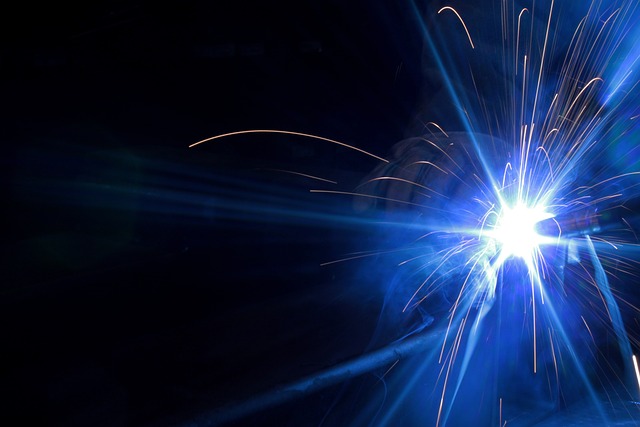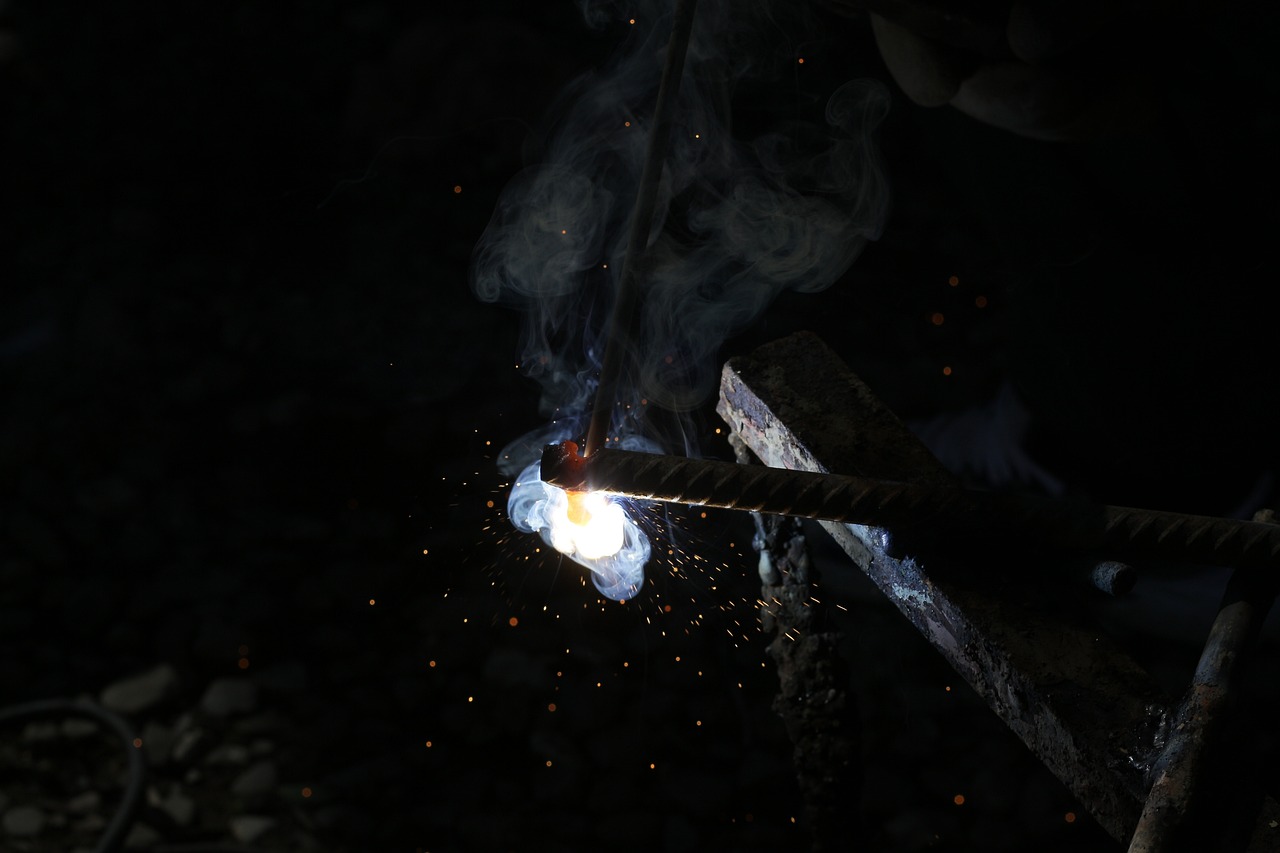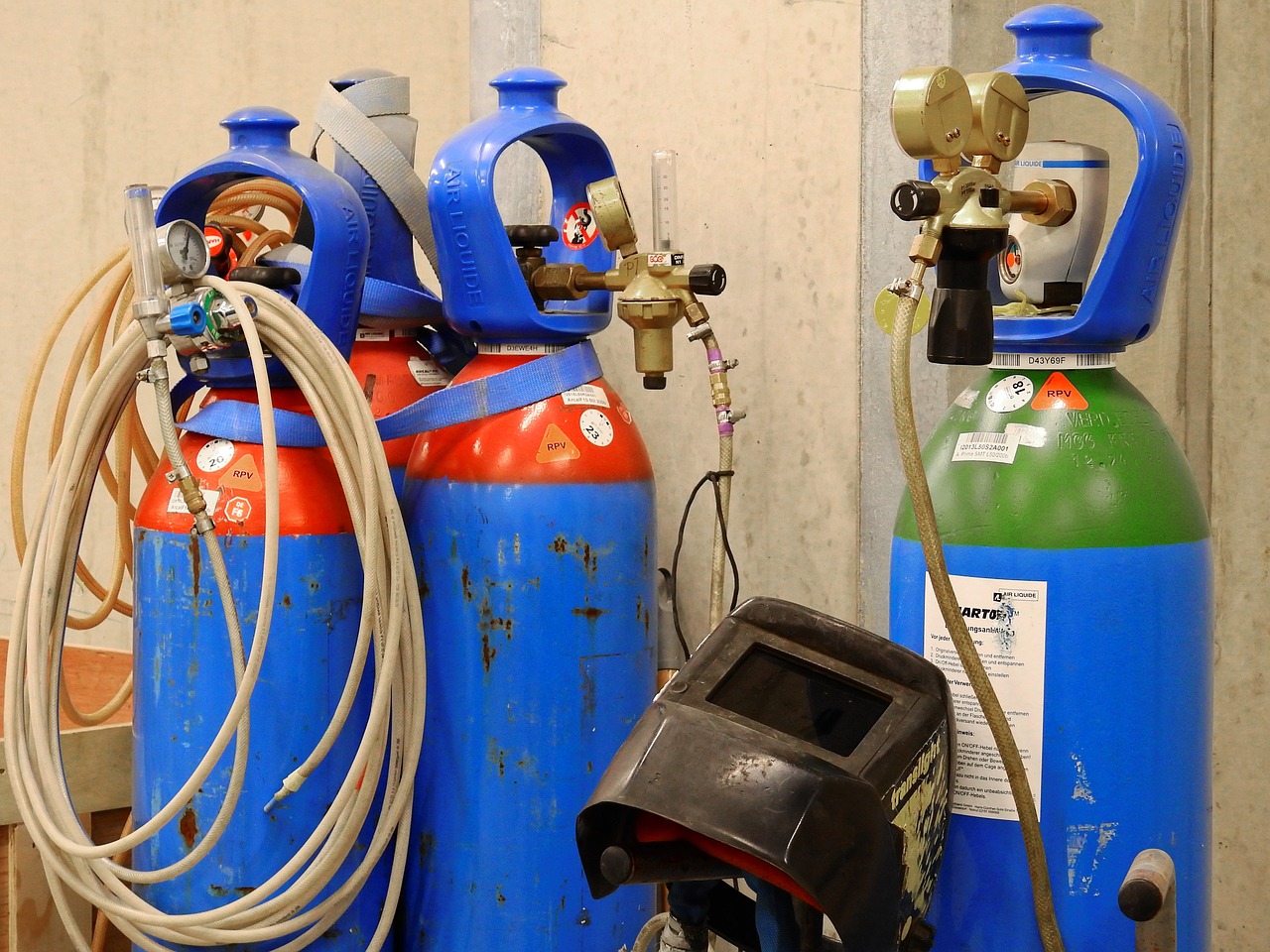Once metal pieces are cut to the desired sizes, it's crucial to join them together to meet specific shapes and requirements. Therefore, sheet metal welding plays a vital role in the process of metal fabrication.
Do you understand the various sheet metal welding techniques and which one is most suitable for your industrial needs?This article seeks to provide an in-depth examination of the different methods employed in welding sheet metal, outlining their benefits and practical applications. Furthermore, it will offer essential advice for welding thin metal sheets to achieve the best possible outcomes.
MIG welding, also known as Metal Inert Gas welding or Gas Metal Arc Welding (GMAW), is a widely used technique in the welding industry. In MIG welding, a wire electrode is continuously fed through a welding gun, which melts and joins the workpieces together. This process is facilitated by an inert gas, typically a mixture of argon and carbon dioxide, which shields the weld area from atmospheric contamination.
MIG welding is favored for its versatility and efficiency, making it suitable for a variety of applications across different industries. It can weld a wide range of metals, including stainless steel, aluminum, and mild steel, making it highly adaptable to different fabrication needs.
One of the key advantages of MIG welding is its high welding speed, allowing for rapid production rates in industrial settings. Additionally, MIG welding produces minimal slag, reducing the need for post-weld cleanup.
However, MIG welding may produce more spatter compared to other welding methods, which can affect the appearance of the weld and require additional cleaning. Despite this drawback, MIG welding remains a popular choice for its ease of use, versatility, and productivity.

TIG welding, or Tungsten Inert Gas welding, is a precise and versatile welding technique commonly used in various industries. In TIG welding, a non-consumable tungsten electrode generates the welding arc, which melts the base metal and forms the weld. During the process, an inert gas, such as argon or helium, is used to shield the weld area from atmospheric contamination.
One of the main advantages of TIG welding is its ability to produce high-quality, clean welds with minimal spatter. This makes it particularly suitable for welding thin materials and intricate joints where precision is crucial. TIG welding is often used for welding stainless steel, aluminum, and other non-ferrous metals.
TIG welding offers excellent control over the welding arc, allowing welders to adjust parameters such as heat input and weld pool size with precision. This makes it suitable for welding materials of varying thicknesses and compositions.
However, TIG welding is relatively slower compared to other welding methods, which can impact productivity, especially in high-volume production environments. Additionally, TIG welding requires a high level of skill and experience to achieve optimal results.
Overall, TIG welding is valued for its precision, versatility, and ability to produce high-quality welds, making it a preferred choice for applications where weld quality is paramount.

Stick welding, also known as Shielded Metal Arc Welding (SMAW), is a widely used welding process in various industries. In stick welding, an electrode coated in flux is used to create the welding arc. As the electrode melts, the flux releases gases that shield the weld pool from atmospheric contamination.
Stick welding is known for its simplicity and versatility, making it suitable for both indoor and outdoor applications. It can be used to weld a wide range of metals, including steel, stainless steel, cast iron, and nickel alloys. Additionally, stick welding is ideal for welding sheet metal fabrication and in situations where access to a power source is limited.
One of the main advantages of stick welding is its ability to produce strong and durable welds, even in adverse conditions such as windy or dirty environments. This makes it a preferred choice for construction, maintenance, and repair work.
However, stick welding requires more skill and practice compared to other welding processes, as welders must control the arc length and maintain a steady hand to produce quality welds. Additionally, stick welding typically produces more spatter and slag compared to processes like TIG or MIG welding, requiring additional post-weld cleanup.
Plasma arc welding (PAW) is an advanced welding process that utilizes a concentrated plasma arc to join metals. In PAW, an electric arc is formed between the tungsten electrode and the workpiece, which ionizes the gas passing through the torch to create a plasma arc. This arc generates extreme heat, melting the metal surfaces and allowing them to fuse together.
One of the key advantages of plasma arc welding is its ability to achieve high welding speeds and precision. The concentrated heat of the plasma arc results in deep penetration and narrow weld beads, making it suitable for welding thin materials and intricate joints.
Additionally, plasma arc welding offers excellent control over the welding parameters, allowing welders to adjust factors such as arc voltage, gas flow rate, and torch angle to optimize the weld quality. This versatility makes it ideal for welding a wide range of materials, including stainless steel, aluminum, titanium, and exotic alloys.
Despite its advantages, plasma arc welding requires specialized equipment and skilled operators, which can make it more expensive than other welding processes. Additionally, the process produces intense ultraviolet radiation and requires proper safety precautions, including the use of protective clothing and welding helmets with appropriate filters.
Electron beam welding (EBW) and laser welding are two advanced welding techniques used in various industries for precise and high-quality welds.
In electron beam welding, a high-velocity beam of electrons is directed onto the workpiece, generating intense heat upon impact. This heat melts the metal surfaces, allowing them to fuse together. Electron beam welding is known for its deep penetration capability and minimal distortion, making it suitable for welding thick materials and complex geometries.
On the other hand, laser welding utilizes a highly concentrated beam of coherent light energy to melt and join the metal surfaces. Laser welding offers exceptional precision and minimal heat-affected zones, making it ideal for welding small, intricate components. Laser welding is commonly used in industries requiring high precision, such as electronics, medical devices, and aerospace.
Both electron beam welding and laser welding offer advantages such as high welding speeds, minimal distortion, and the ability to weld a wide range of materials, including metals and alloys. However, they also have some limitations, including the requirement for specialized equipment, high initial setup costs, and the need for skilled operators.
Despite these challenges, electron beam welding and laser welding are valued for their ability to produce high-quality welds with excellent precision and efficiency. They are often preferred for applications where tight tolerances, minimal distortion, and high productivity are essential.

Gas welding is a traditional welding method that uses a fuel gas, such as acetylene or propane, combined with oxygen to produce a flame that melts the metal surfaces to be joined. This process is commonly referred to as oxy-fuel welding.
In gas welding, the flame generated by the burning gases provides the heat necessary to melt the metal, allowing it to fuse together. Gas welding is often used for welding thin materials, such as sheet metal, as well as for brazing and soldering applications.
One of the main advantages of gas welding is its versatility and portability. It can be performed using relatively simple equipment and is suitable for use in a wide range of environments, including outdoor and remote locations.
Gas welding also offers excellent control over the heat input, allowing welders to adjust the flame size and temperature to suit the specific requirements of the welding job. This makes it suitable for welding a variety of materials, including steel, aluminum, and copper alloys.
However, gas welding has some limitations compared to other welding methods. It typically produces lower temperatures than other processes, which can result in slower welding speeds and less penetration. Additionally, the flame can introduce contaminants into the weld, requiring careful cleaning and preparation of the metal surfaces.
Despite these drawbacks, gas welding remains a popular choice for certain applications, particularly in situations where portability and versatility are important. With proper technique and equipment, gas welding can produce high-quality welds suitable for a variety of industrial and artistic purposes.
This is the first one.